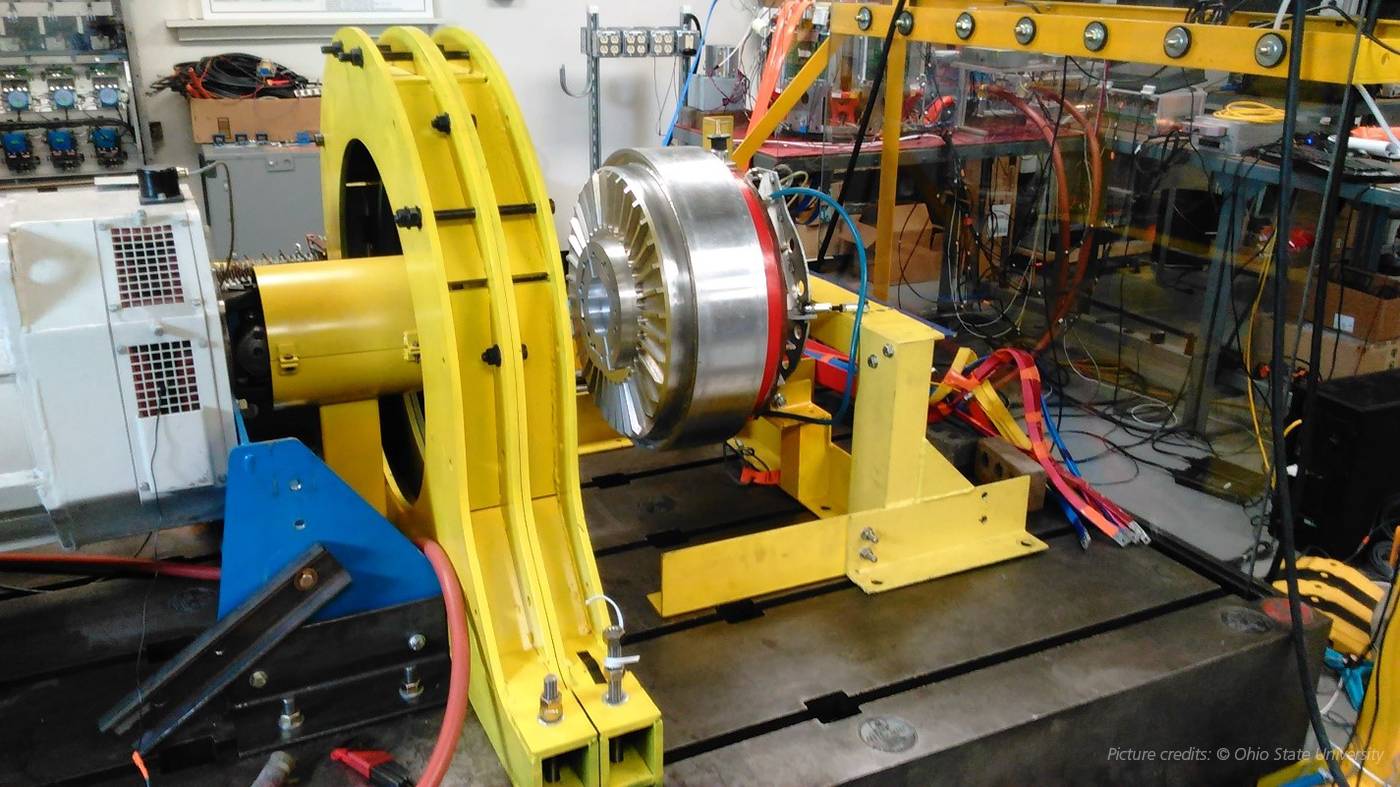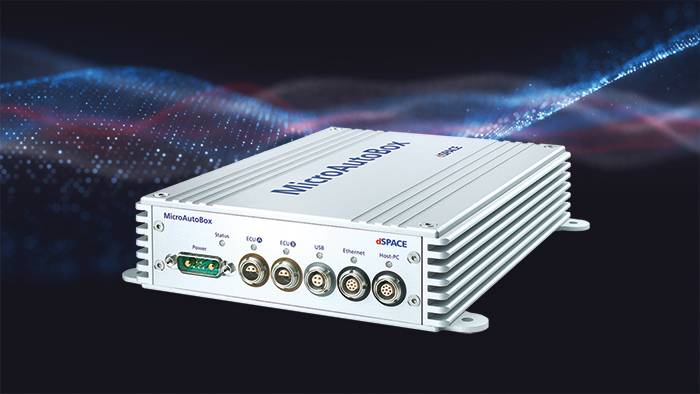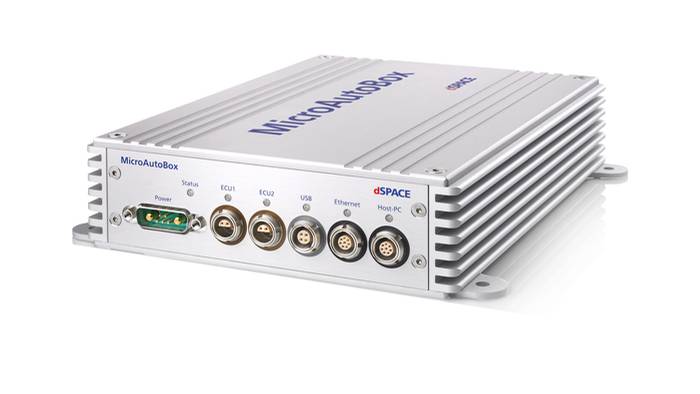How do you push the envelope in electromobility? A team of researchers developed an induction motor that is lighter, more efficient, and safer than conventional AC motors, yet powerful enough to propel a large passenger aircraft.
Dr. Codrin-Gruie Cantemir and his research team at Ohio State University took on the challenge of designing a new type of 10 MW ring motor. The new design may prove to take hybrid electric propulsion systems to a new level in terms of performance as well as fuel and energy savings. The concept was derived after receiving a NASA research grant to design an electric machine that would be five times lighter and more efficient than any motor in production but would also have a propulsion system powerful enough to transport a large aircraft. The electric motor design features a unique tuned coil with variable cross section windings, which achieves direct contact between the coils and the coolant. This enables stator magnetic field production at high frequencies while keeping specific high-frequency losses in solid conductors at a minimum. As an induction machine, it operates as an outrunner. Due to its compact size, it weighs less than a permanent magnet (PM) motor, which is most commonly used in high-end electric machines, yet it produces more torque and power than a PM motor. To ensure a high degree of operational safety, the OSU electric motor does not use conventional copper conductors or wire insulation. Dr. Cantemir and his team observed that in certain situations, aluminum behaves better as conductor material, so they swapped out copper for aluminum. One of the best features of the motor design, and what Dr. Cantemir refers to as the “cherry on the cake,” is that their solution does not require electric wire insulation. This is significant because this insulation is the number one cause of electric motor failure.

Test Demo Breaks World Records – Right out of the Gate
During preliminary testing using a 1 MW ring motor version of the conceptual design, OSU set two world records. The first record was for absolute normalized continuous power density. The second record was for continuous power density in an induction motor. The team broke these records by achieving a constant state of continuous power for the induction motor running at a reduced performance level. “This technology may end up serving a plethora of propulsion applications, from small passenger aircraft to medium and large jets (e.g., 737 or 787) and pretty much any marine application, from pontoons to nuclear aircraft carriers,” said Dr. Cantemir.

Shown here is a smaller version (1 megawatt) of the 10-MW ring motor concept. It includes unique features which produce torque and power without the use of commonly used permanent magnets (PMs).
Performing Control Tests with the dSPACE MicroAutoBox
As high-power motors are usually the “victims” of inherent limitations coming from the power electronics, Dr. Cantemir said their focus turned to increasing the power level towards the high end of the rpm range using a very rare technique generically called synchronous modulation (in contrast to conventional asynchronous modulation). Two dSPACE MicroAutoBoxes were used to test the continuously sliding synchronous modulation (CSSM) technique, as well as the control algorithms. One dSPACE MicroAutoBox was used to control the motor, and another MicroAutoBox was used to control the load (another motor ope-rating as a generator).

“The dSPACE systems enabled us to implement these two new techniques, greatly improving the outcome,” said Dr. Cantemir. “Even more, because these new techniques have never been done previously, obviously dSPACE enabled us to open a new door in the field.”
Courtesy of The Ohio State University.
dSPACE MAGAZINE, PUBLISHED NOVEMBER 2021

